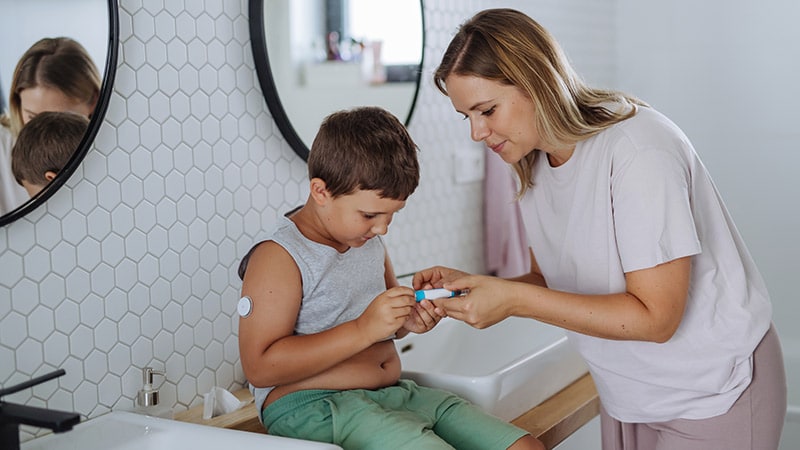Northerner
Admin (Retired)
- Relationship to Diabetes
- Type 1
MADRID, Spain — New research sheds light on the male predominance in type 1 diabetes, finding that the risk between men and women diverges around age 10 years.
Data from more than 200,000 first-degree relatives of people with type 1 diabetes who were screened for type 1 diabetes risk in the TrialNet program showed that "there's a clear interaction with age and male sex being a risk factor. At the age of ten in girls, there seems to be this tipping point where the risk of type of diabetes dramatically reduces," lead investigator Richard Oram, MD, of the Institute of Biomedical and Clinical Science, University of Exeter Medical School, Exeter, United Kingdom, told Medscape Medical News.
There was a steep decline in 5-year type 1 diabetes risk in women who were screened and positive for type 1 diabetes-related autoantibodies prior to age 10 years compared to after 10 years. In contrast, among men the risk of progression remained steady as age at screening increased. The reasons for this aren't clear, but the age of 10 years "goes with puberty, so it raises the question as to whether these are puberty-related changes," Oram said.

 www.medscape.com
www.medscape.com
Data from more than 200,000 first-degree relatives of people with type 1 diabetes who were screened for type 1 diabetes risk in the TrialNet program showed that "there's a clear interaction with age and male sex being a risk factor. At the age of ten in girls, there seems to be this tipping point where the risk of type of diabetes dramatically reduces," lead investigator Richard Oram, MD, of the Institute of Biomedical and Clinical Science, University of Exeter Medical School, Exeter, United Kingdom, told Medscape Medical News.
There was a steep decline in 5-year type 1 diabetes risk in women who were screened and positive for type 1 diabetes-related autoantibodies prior to age 10 years compared to after 10 years. In contrast, among men the risk of progression remained steady as age at screening increased. The reasons for this aren't clear, but the age of 10 years "goes with puberty, so it raises the question as to whether these are puberty-related changes," Oram said.

New Data Shed Light on Type 1 Diabetes Male Predominance
Gender prevalence is equal in young children, but trajectory appears to diverge around puberty.
